Houseplants are one of the most popular additions to any home, and for a good reason. They add color, freshness, and a touch of nature to any space. Unfortunately, even the healthiest plants can experience problems from time to time. If your plants are yellowing and dropping leaves, it might be time to panic. This is a sign that your plant is experiencing a problem that needs your attention. If you notice any problems happening to your plants, take action to prevent them from spreading or damaging your plant’s health.
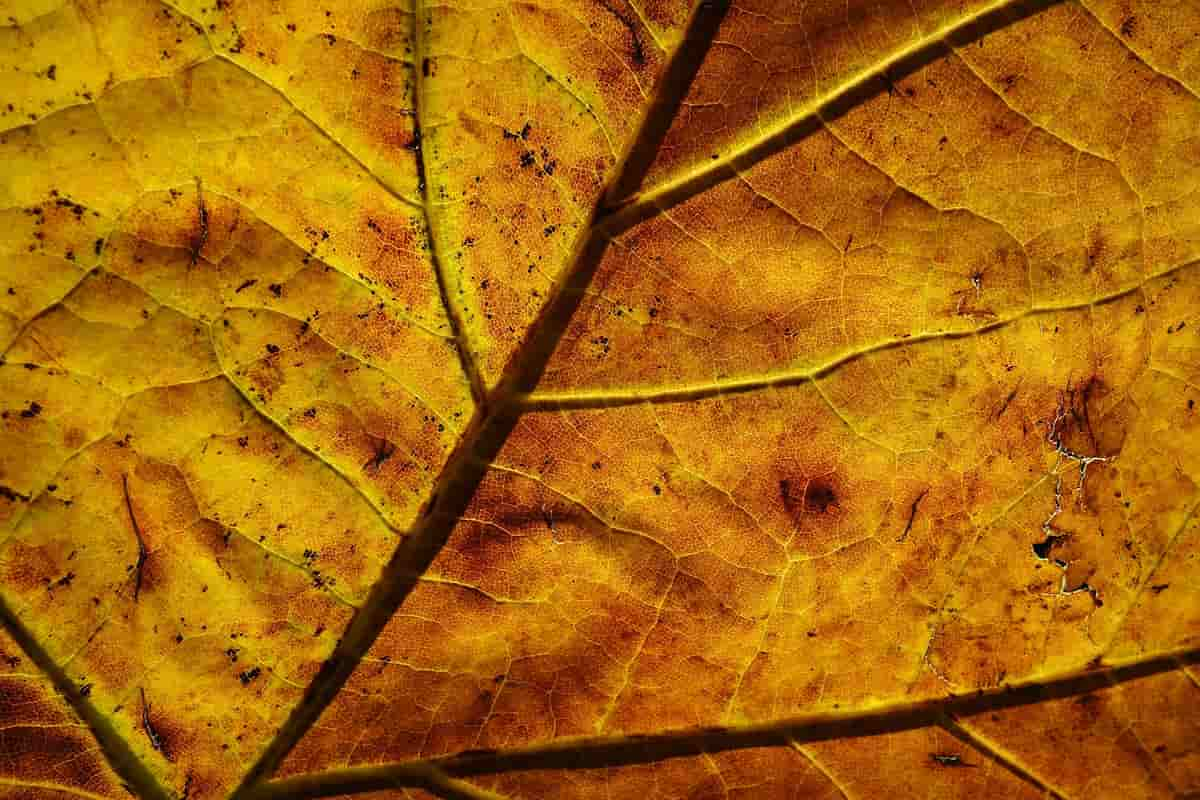
Reasons why indoor plant leaves turn yellow
Causes for indoor plant leaves turn yellow
Poor drainage
Houseplants, like people, have different water needs. Some need a lot of water, while others need less. When one plant’s water needs are not met, it can lead to the leaves on that plant turning yellow and dropping off. Over-watering can cause roots to rot and cause the plant to lose its vigor and growth. Roots constantly wetting down from excess watering will also create spots on the leaves where fungal infections can develop.
Over-watering also causes salts to accumulate in the soil, harming plants over time. Lastly, if you have a pot whose drainage isn’t great, even if you don’t overwater your plant, floodwaters may rise quickly up through your pot and into the root zone, causing damage as they pass through (this is especially a problem in clay pots).
In case you missed it: Top 10 Pollution killer Plants: Indoors and Outdoors
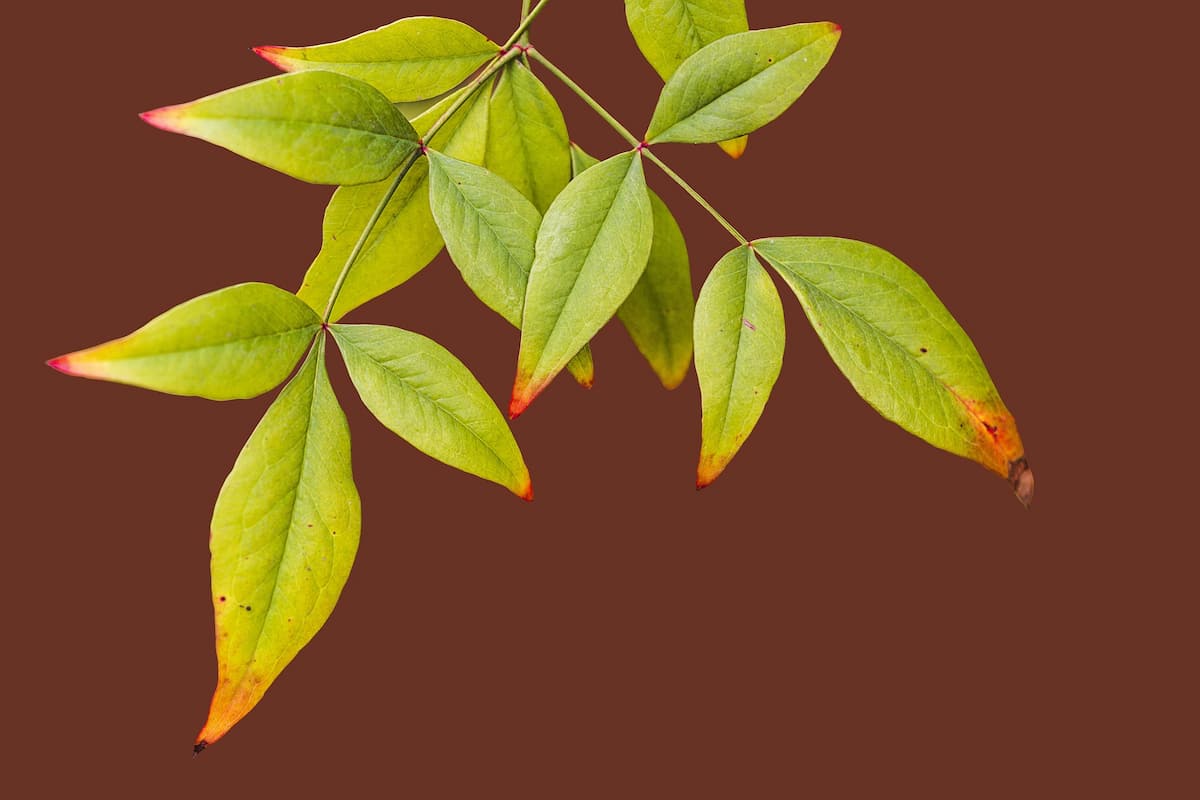
Normal aging
Another cause of yellowing leaves on houseplants is old age. When leaves start to yellow and fall off, it’s usually an indication that the plant is reaching its end. To extend the life of your plant, try clipping off the oldest leaves and giving them plenty of attention, including watering every week or so. Finally, if you notice that all of your plants are showing signs of yellowing leaves, it might be best to take them outside for a while until they recover. This will give their foliage time to breathe and revive.
Overwatering
- Houseplants are grown in a pot, and water is added regularly. If the plant is overwatered, it can lead to leaves turning yellow or becoming soft and sickly looking. Houseplants may not get enough oxygen because the soil around them is wet. Lack of oxygen can make your plant susceptible to disease and pests, both of which will cause leaves to turn yellow or fall off. The water may be too cold or too hot for your plant. Hot water can damage cells in the plant’s leaves, while cold water can turn them brown and rot.
- Overwatering can also result from incorrect soil mix proportions, particularly when peat moss is a planting medium. This type of soil retains moisture well but doesn’t provide good drainage, so you’ll water your plants constantly even if their container is half-full. When this happens, the waterlogged soil will become heavy and sink to the bottom of the pot, where it pools around the roots and leaches nutrients out of the plant’s tissues.
- Finally, overwatering can also lead to yellowing leaves on plants. When water accumulates on the leaves and enters through the smaller pores, it causes stress and, eventually, chlorosis or yellowing of the leaf surface.
Cold drafts
Houseplants are great additions to any home, but one thing to be aware of is their leaves turning yellow and dropping. Yellowing and dropping leaves are signs that your plant is experiencing a cold draft. Cold drafts can occur when there’s a break in the window or door frame or when an air conditioning unit is running. If you notice your plant’s leaves turning yellow and dropping, you can do a few things to help. However, if it’s an ongoing problem, installing a screen on the window or door can help block out drafts and keep your plant healthy.
In case you missed it: 10 Best Fragrant Plants for Indoors: Top List
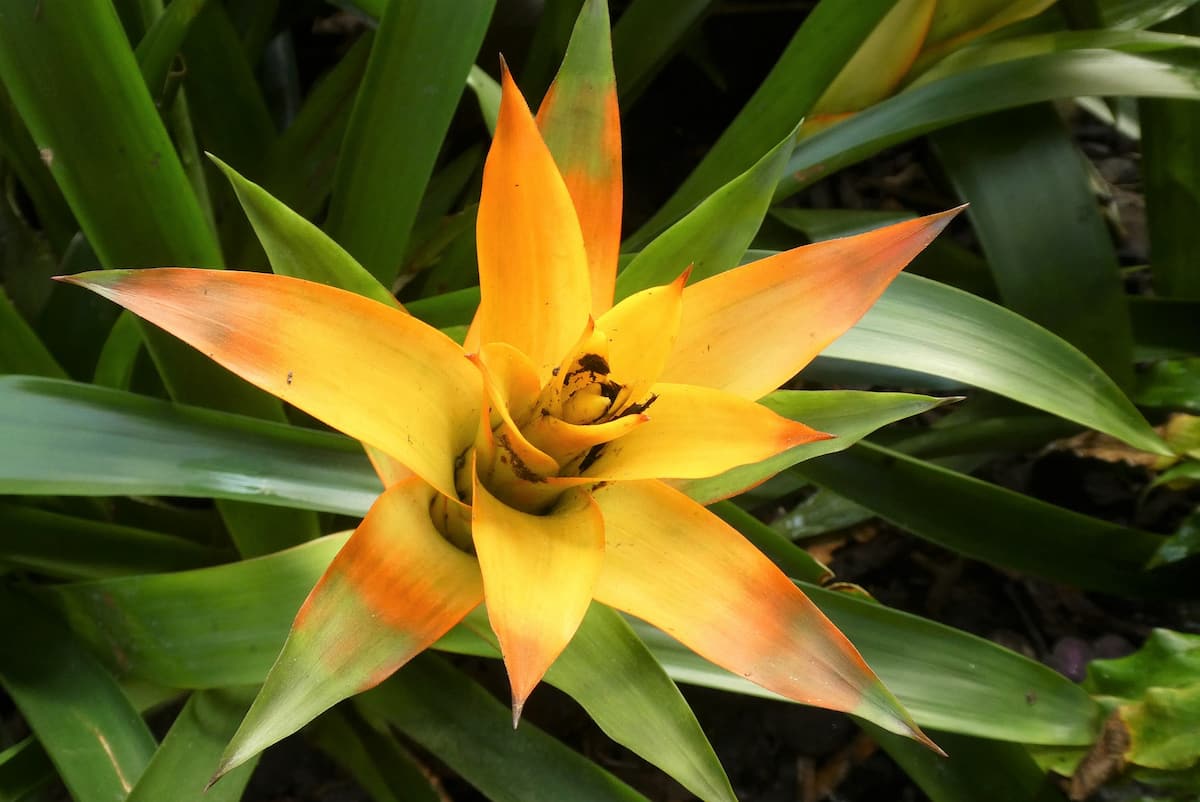
Lack of light
There are a few reasons why houseplants may start to turn yellow leaves. Lack of light is often the cause, as plants convert light into chemical energy to create food. If there isn’t enough light reaching the plant’s leaves, they will begin to produce less energy and eventually turn yellow.
Over fertilization
Another reason for yellowing leaves on houseplants is over-fertilization. Too much nitrogen fertilizer can cause the plant to grow too fast, which results in more water being used up and less light reaching the leaves. This can lead to the leaves becoming yellow and floppy.
Under watering
Another common reason for leaves turning yellow is a lack of water. If you don’t provide your plants with enough water, they will start to lose moisture from their leaves which will eventually cause them to turn yellow. You should observe the watering schedule so that you don’t overwater them but also ensure they’re getting enough water overall.
Nutrient deficiency
Houseplants, especially those grown indoors, can be susceptible to nutrient deficiencies or excesses. When left unchecked, these can lead to the yellowing of the leaves and flowers.
A lack of fertilizer is one of the most common causes of leaves turning yellow. Not enough nutrients will cause plants to stop functioning properly, resulting in wilting, reduced growth, and, finally, yellowing leaves.
In case you missed it: How to Start Indoor Vertical Garden with Stunning Spider Plants
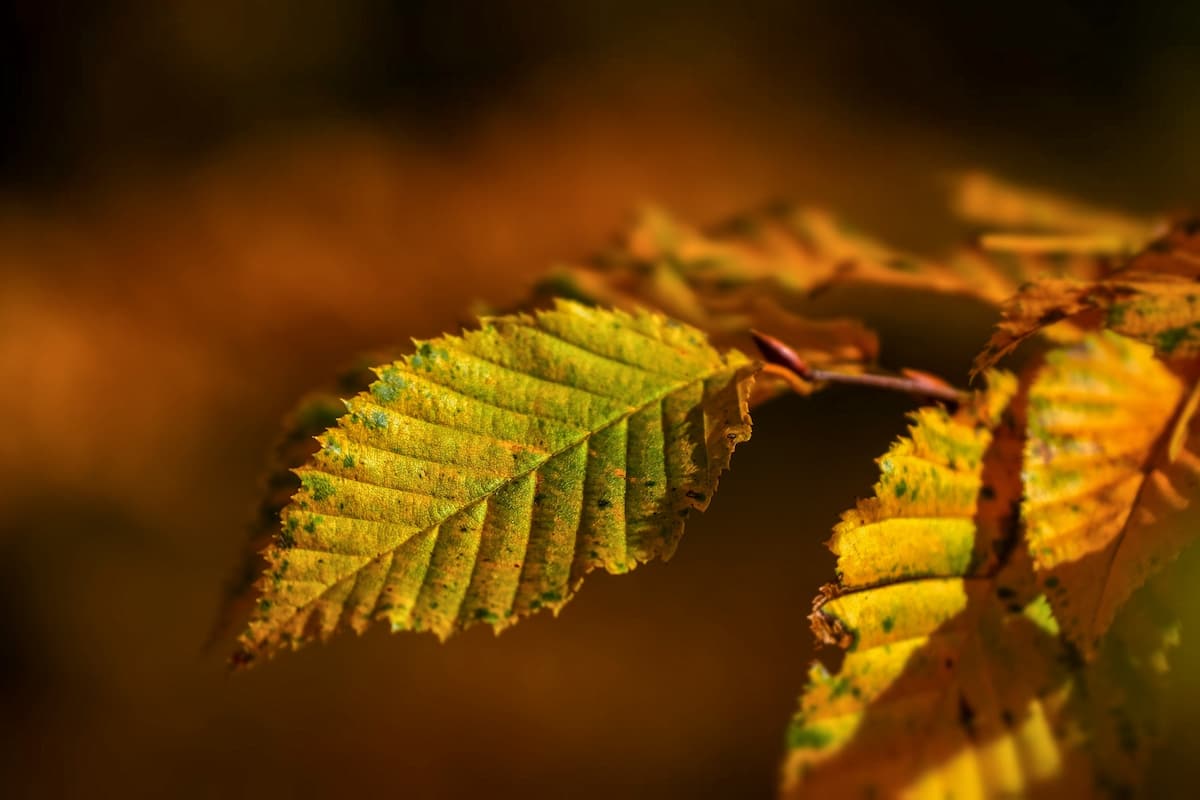
Too much sunlight
Houseplants are often thought of as a happy addition to any room, but they may show signs of neglect over time. One common sign that your plant is too much in the sun is yellow leaves.
If your houseplant gets too much direct sunlight, it will burn the leaves. To prevent this from happening, try moving your plant away from windows and toward the back of your home, where it will receive less sunlight.
Incorrect soil pH
Symptoms of an incorrect soil pH can include yellowing leaves and stunted growth. The levels of carbon, nitrogen, and phosphorus present determine a soil’s pH. An imbalance between these elements can cause soil to become acidic or alkaline. Too much acidity can lead to the leaching of nutrients from the soil, while alkalinity can cause problems with plant roots accessing necessary minerals.
An incorrectly balanced pH can lead to weakened cells and reduced tissue production for houseplants. Houseplants are sensitive to environmental changes, so it’s important to maintain a proper soil pH level if you’re growing them indoors. Over time, an incorrect soil pH may cause leaves to turn yellow and eventually die. If your plants exhibit poor health due to incorrect pH levels, correcting the situation as soon as possible helps ensure healthy growth in the future.
Viral infection
Houseplants are attractive additions to any home, but they can be vulnerable to several problems. One common problem is a viral infection, which can cause leaves to turn yellow and fall off the plant. The plant may become exposed to a virus while growing in the garden.
A virus may be present on any object that comes into contact with the plant, including soil, water, or other plants. The plant may become infected when it comes in contact with an illness or infection in another person or animal. The virus may also spread through wind, moisture, or insects.
In case you missed it: Top 15 Indoor Garden Plants to Remove Air Toxins
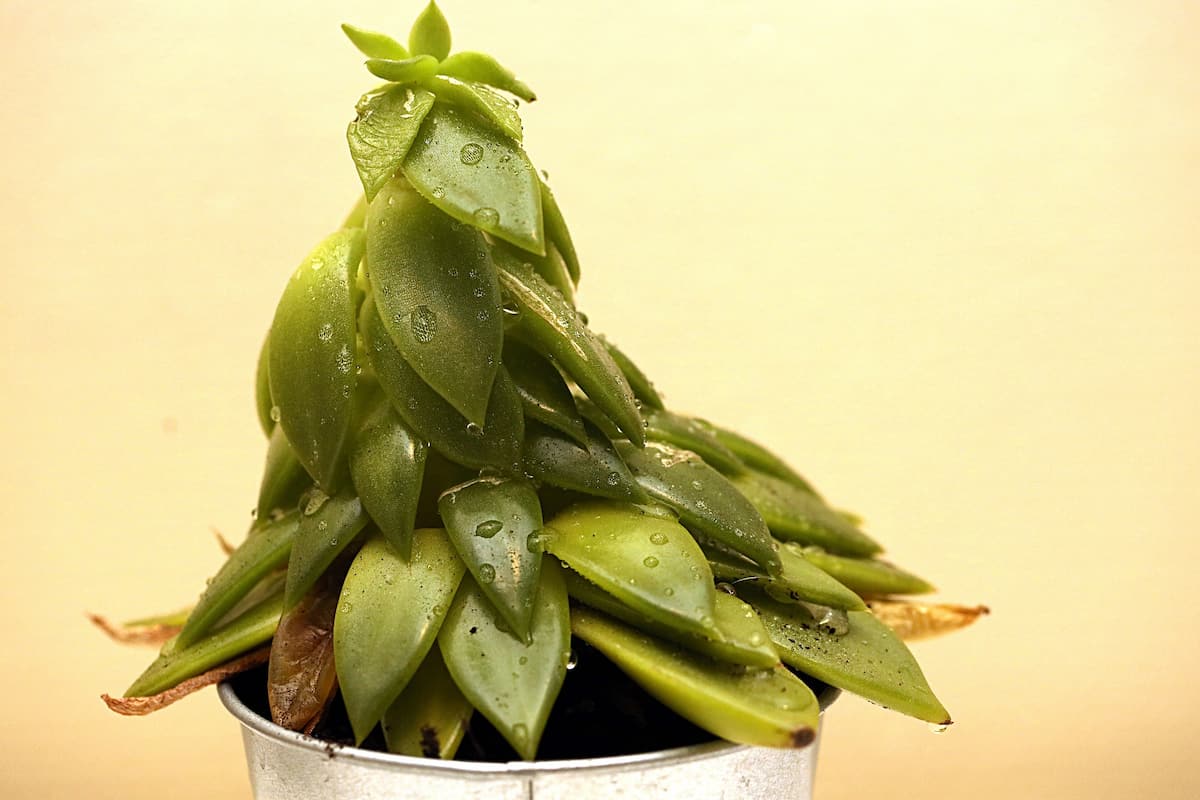
How to fix yellow leaves on indoor plants?
Some plants, like Spider plants or Dracaena, need very little care and usually recover independently, while other more delicate plants may require a little care. Moisten the leaves with lukewarm water and gradually increase the temperature to help the plant heat up. Add a tablespoon of oatmeal or flour to each pot of water. This will help improve the plant’s absorption rate and reduce water waste.
Dilute 1 part white vinegar to 3 parts water, pour this mixture into the pot and wait 10 minutes before watering again. Spray the leaves with a weak solution of chlorine bleach and rinse off with fresh water after 30 minutes. There are a few reasons houseplants’ leaves may turn yellow and dry up. Many factors, such as lack of water, high winds, cold temperatures, or plant diseases, can contribute. Check the soil moisture level. If the soil is dry and the plant gets little or no water, the leaves will turn yellow and fall off.
Water the soil until moist but not soggy, then repot in fresh soil. Plants getting inadequate light will also have yellow leaves and may die. Bright indirect sunlight is best for plants; place them near a window but not in direct sunlight. If you have to move a plant from one part of your home to another, try moving it during the day instead of at night, so it has more time to adjust to its new surroundings.
Move plants close to other objects that block sunlight, such as overhanging curtains or furniture. When watering your plants, ensure that only enough water gets into the root ball and onto the ground below where the roots grow (avoid spraying water onto leaves). Too much water will lead to wilting leaves and even the death of the plant. Replenish lost water by adding more compost or sand to your garden layout if needed; otherwise, use a pot with a drainage hole at the bottom and place it in a bright spot.
Tips to prevent yellowing of your indoor plants
Various factors can cause leaves on houseplants to turn yellow, but most commonly, it is due to deficiencies in the plant’s water or nutrient regime. If your leaves are turning yellow and your plant isn’t getting enough water or nutrients, you can follow a few preventative tips to help ensure healthy leaf growth and prevent further color loss.
One easy way to monitor whether your plant is receiving the proper amount of water is to check the soil moisture level around the base of the plant. If the soil feels dry, add a little more water before continuing to care for your plants. Additionally, make sure that you’re providing adequate nutrition for your plants by foliar feeding them with a balanced fertilizer monthly. This will give them all the nutrients they need to stay healthy and bright green.
Feed your plants regularly with a balanced fertilizer that includes nitrogen and phosphorus. Make sure there is adequate water circulation throughout the plant’s root system. Overwatered plants can be especially prone to leaves turning yellow and falling off. Avoid exposing your plants to harsh sunlight or wind gusts. These conditions can cause photosynthesis to stop production in the leaves, leading to yellowing and wilting.
In case you missed it: Over Fertilization Symptoms of Indoor Plants and How to Fix It
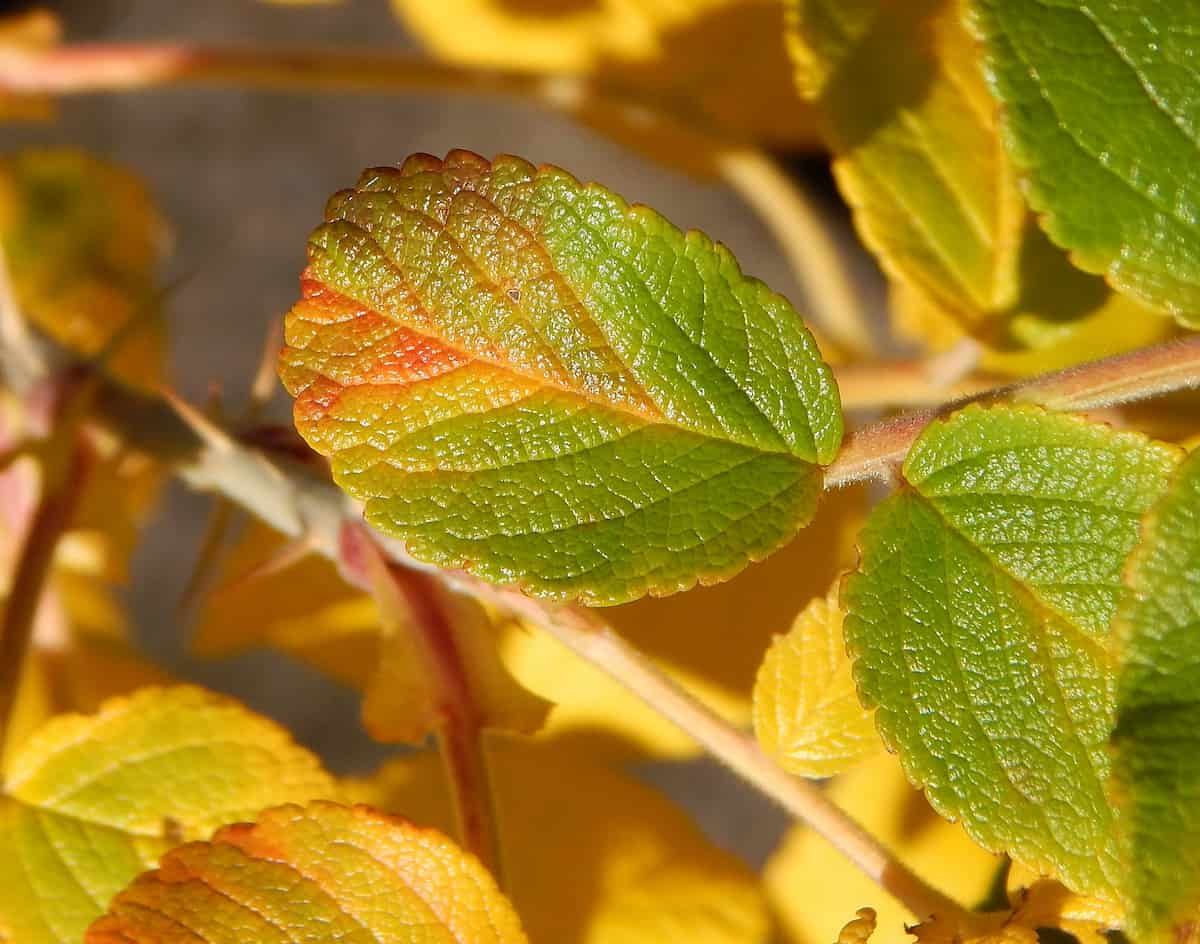
Tips for growing indoor plants healthy
If you have houseplants, be sure to water them properly. Over-watering can cause leaves to turn yellow and fall off the plant. Underwatering can cause roots to rot and the plant to die. So water your plants only when the soil is almost wet, not soaked. And don’t forget to fertilize your plants monthly with a diluted liquid fertilizer, making sure to follow the directions on the label.
Another way to help keep your houseplants healthy is to avoid overwatering and overfeeding them. A little water every day will do just fine for most plants. If your plant is succumbing to one of these conditions, bring it in for a fresh pot of soil and water. Lastly, ensure that no pests or diseases affect your plants before you bring them home from the store or nursery. Inspect them carefully for signs of pests or disease; if there are any problems, take action before they kill your plant.
Conclusion
Houseplants can provide a lot of beauty and function in your home, but they must be taken care of properly. They can add color and life to any room and are relatively easy to take care of. Unfortunately, sometimes they can get a little out of hand. Whether your plant struggles, you can do some tips on solving houseplants’ problems. But, with little care and patience, your houseplant will grow healthy and strong.
- Where to Place Indoor Plants in Your Home
- How to Grow Tomatoes Organically at Home: A Comprehensive Guide
- Organic Gardening on a Budget: Low-Cost Methods and Materials
- Gongura Seed Germination and Planting Methods
- Cabbage Seed Germination and Selection
- Broccoli Seed Germination and Selection
- Asparagus Seed Germination and Variety Selection
- Seasonal Flower Gardening: Best Practices for Spring, Summer, Fall, and Winter
- How to Grow Hibiscus from Flower
- Plantation Ideas for Home Decoration: A Beginners Guide
- Flower Garden Designs and Layouts for Beginners
- Planting and Spacing Techniques in Papaya: A Beginner’s Guide
- Growing Gold: Essential Techniques for Planting Pineapples
- How to Make Kalanchoe Plant Bushy: Home Remedies and Solutions
- 11 Reasons Why Your Gardenia is Not Blooming: Home Remedies and Solutions
- Eco Elegance: The Guide to Designing a Drought-Tolerant Landscape
- Gardening on a Slope: Strategies for Hillside Landscaping
- Nourish and Flourish: Top Organic Mulches for Thriving House Plants
- Everything You Want to Know about Indian Mogra Flower: Discover Uses and Growing
- Green Thumb Success: Expert Tips for Cultivating Greenhouse Pumpkins All Year Round
- Maximize Growth & Flavor: The Ultimate Guide to Companion Planting in Herb Gardens
- How to Control Rhododendron Problems Naturally: Home Remedies and Organic Ways to Fix Them
- Natural Magic: The Remarkable Benefits of Cinnamon for Plants
- Best Steps to Revive Dying Tulip with Natural and Organic Treatment
- 10 Reasons Why Your Angel Trumpet is Not Blooming: Remedies and Treatment
- How to Fix Periwinkle Leaf and Flower-Related Problems: Natural Remedies and Solutions
- How to Fix Zinnias Leaf and Flower Problems: Discover Natural and Home Remedies
- Organic Steps to Induce Lemon Tree Flowers: A Comprehensive Guide
- Bloom Booster: Crafting the Perfect Homemade Bougainvillea Fertilizer
- Optimizing Growth: A Guide to Applying NPK Fertilizer for Potted Plants
- 10 Best Homemade Fertilizers for Rubber Plant: DIY Recipes and Application Method
- How to Boost Female Pumpkin Flowers: Effective Steps for More Flowers and High Yields
- Transform Your Indoor Garden: Top Benefits of Pink Salt for Houseplants
- 10 Best Homemade Fertilizers for Peacock Plants (Calathea): Easy DIY Guide
- Unlock Blooms: 9 Reasons Why Your Potted Chrysanthemum is Not Blooming
- 8 Reasons Why Your Potted Hibiscus is Not Blooming: Fix it with Simple Solutions